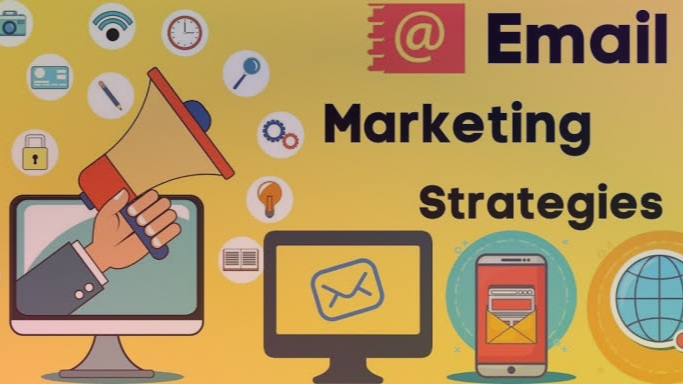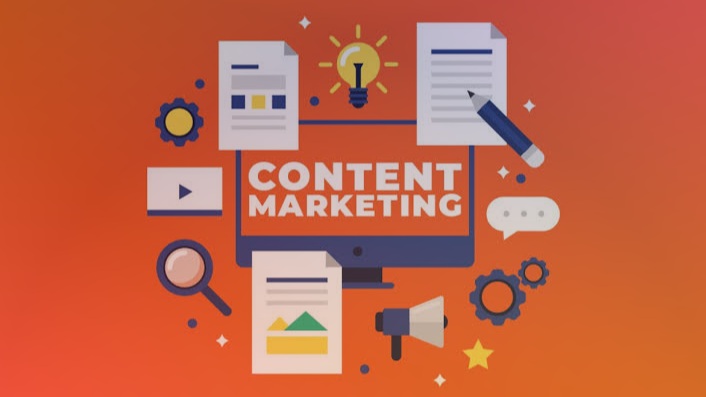Email Marketing: An In-Depth Guide

Introduction to Email Marketing
Email marketing is a form of direct marketing that uses email to promote your business’s products or services. It can help make your customers aware of your latest items or offers. It can also play a pivotal role in marketing strategy by generating leads, building brand awareness, nurturing customer relationships, and keeping customers engaged between purchases.
Email marketing has been around for decades, but it remains one of the most effective ways to reach your audience. With a direct line to your customers' inboxes, you can deliver personalized and targeted messages that drive engagement and conversions. It's an essential tool in the digital marketer's arsenal.
In this guide, we will delve into the importance of email marketing, how to build an email list, strategies for creating effective email content, the benefits of automation, and how to measure the success of your campaigns. By the end of this article, you'll have a comprehensive understanding of how to leverage email marketing to achieve your business goals.
The Importance of Email Marketing
Email marketing remains a powerful marketing tool for several reasons. First and foremost, it provides a direct line of communication to your audience. Unlike social media platforms, where algorithms can limit your reach, email allows you to reach your subscribers directly in their inboxes. This direct access makes it easier to deliver your message and ensures that your audience sees your content.
Additionally, email marketing is highly cost-effective. Compared to other forms of marketing, such as paid advertising, email marketing requires a relatively low investment. With the right strategy, you can achieve a high return on investment (ROI) by converting email subscribers into loyal customers. This cost-effectiveness makes email marketing an attractive option for businesses of all sizes.
Email marketing also offers unparalleled opportunities for personalization and segmentation. By collecting data on your subscribers, you can create targeted campaigns that speak directly to their interests and needs. This personalization helps to build stronger relationships with your audience, as they feel valued and understood by your brand. Ultimately, this can lead to increased engagement, loyalty, and conversions.
Building an Email List
Building a high-quality email list is the foundation of successful email marketing. To start, you need to attract subscribers who are genuinely interested in your brand and what you have to offer. One of the most effective ways to do this is by offering valuable incentives, such as discounts, exclusive content, or free resources, in exchange for email sign-ups.
It's important to use multiple channels to promote your email list. This can include adding sign-up forms to your website, creating dedicated landing pages, and using social media to drive traffic to your sign-up forms. Additionally, consider using pop-ups and exit-intent forms to capture visitors' email addresses before they leave your site. The key is to make the sign-up process as simple and enticing as possible.
Once you have an initial list of subscribers, focus on maintaining and growing it. Regularly clean your list by removing inactive subscribers to ensure high deliverability rates. Additionally, continue to promote your email list through various channels and offer new incentives to attract fresh subscribers. Building a high-quality email list takes time and effort, but it's crucial for the long-term success of your email marketing efforts.
Creating Effective Email Content
Creating effective email content is essential for engaging your audience and achieving your marketing goals. The first step is to craft compelling subject lines that grab your subscribers' attention and entice them to open your emails. Your subject lines should be concise, clear, and relevant to the content of your email.
Once your email is opened, the content should deliver on the promise of your subject line. This means providing valuable, relevant, and engaging content that resonates with your audience. Consider using a mix of content types, such as blog posts, videos, infographics, and promotions, to keep your emails interesting and diverse.
Personalization is another key element of effective email content. Use the data you have on your subscribers to tailor your emails to their interests and behaviors. This can include addressing them by name, recommending products based on past purchases, or sending content that aligns with their preferences. The more personalized your emails, the more likely your subscribers are to engage with them.
Email Marketing Automation
Email marketing automation involves using software to send automated emails based on specific triggers or actions taken by your subscribers. This can include welcome emails, abandoned cart reminders, birthday messages, and more. Automation allows you to deliver timely and relevant messages to your audience without manual intervention, saving you time and effort.
One of the most common uses of email marketing automation is the welcome series. When a new subscriber joins your list, they can be automatically added to a series of welcome emails that introduce them to your brand, highlight key products or services, and encourage engagement. This helps to establish a strong foundation for your relationship with new subscribers.
Another effective use of automation is for nurturing leads. By setting up automated email sequences based on user behavior, such as downloading a resource or visiting a specific page on your website, you can provide targeted content that moves leads further down the sales funnel. This personalized approach helps to build trust and increases the likelihood of conversion.
Measuring Success in Email Marketing
Measuring the success of your email marketing campaigns is crucial for understanding their impact and making data-driven decisions. Key performance indicators (KPIs) such as open rates, click-through rates (CTR), conversion rates, and unsubscribe rates can provide valuable insights into how well your emails are performing.
Open rates measure the percentage of recipients who open your emails, indicating the effectiveness of your subject lines and send times. Click-through rates, on the other hand, measure the percentage of recipients who click on links within your emails, reflecting the engagement level of your content. Conversion rates track the percentage of recipients who take a desired action, such as making a purchase or signing up for a webinar, after clicking through from your email.
Regularly analyzing these metrics allows you to identify trends and areas for improvement. For instance, if your open rates are low, you may need to experiment with different subject lines or send times. If your click-through rates are low, consider refining your content or call-to-action (CTA). By continually optimizing your email marketing efforts based on data, you can achieve better results and drive greater engagement and conversions.
Related Post
